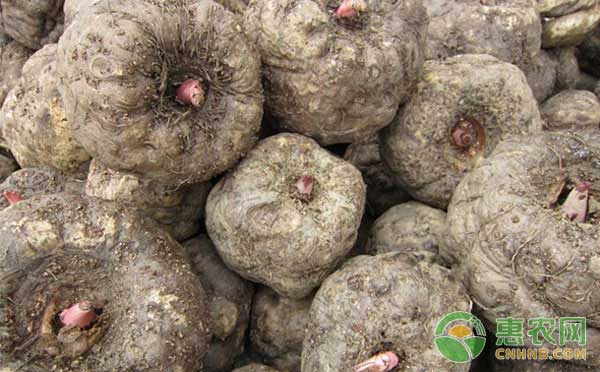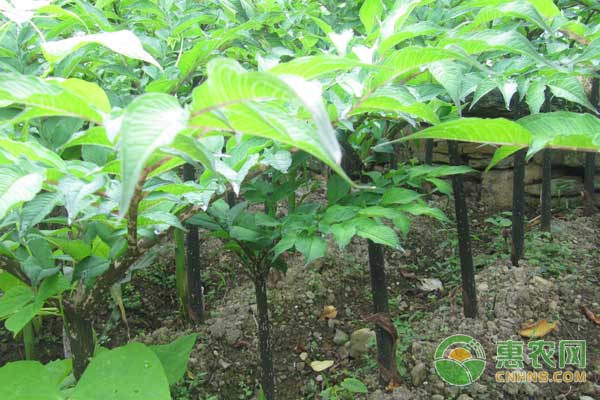Konjac is an alkaline food that is beneficial to the human body. The rhizome of konjac is poisonous and cannot be eaten raw, but it can be made into konjac tofu by technical processing. It is one of the favorite foods. The konjac planting season is coming soon. While scientifically selecting the land and adopting disease prevention cultivation techniques such as intercropping, shading, ridges and formula fertilization, the two key technologies for locust disinfection and soil treatment before konjac sowing are to prevent konjac diseases. Important measures. Especially for disinfection, this treatment is the key to preventing konjac soft rot. Today, we will explain specifically the konjac soil treatment and seed disinfection technology before planting. First, the soil treatment method The soil treatment is carried out in combination with spring ploughing, and 50-100 kg of quicklime is applied per acre before the preparation of the soil. The soil is spread thoroughly and planted again 7 days after the application. Second, the seed sterilization technology 1, choose the species Choose a healthy konjac with the same size, no scars, no mold, no pests, no cracks and no damage. 2, drying seeds The selected seed will be sun-dried for 1-2 days in sunny weather to achieve shrinkage and dryness of the skin. 3, soaking seeds The sun-dried seed is soaked with 20% thiabendone 1000 times solution or 30% copper acetoacetate or 70% methyl thiophanate 500 times solution for 20-30 minutes, and then dried for sowing. It can also be prepared by quicklime seed dressing. Third, konjac soaking treatment Konjac species are generally used for soaking seeds. Common methods are: 1. Use 10 million units of agricultural streptomycin WP to soak seeds for 20 minutes with water for 20 minutes, remove and dry for 2 to 3 days; 2. Soak seeds with 40% formalin 250 times solution for 30 minutes, or soak seeds with 0.1% potassium permanganate solution for 10 minutes, remove and dry for 2 to 3 days; 3. Place the axillary buds upwards, using 50% carbendazim water solvent 500 times solution 150ml per square or 150ml with 50% methyl thiophanate 400 times solution, evenly spray around the main buds, and the liquid is equipped for use. ; 4. Disinfect the seed coat with methyl thiophanate or carbendazim powder. The dosage is 3% of the weight of the seed. Mix with plaster or grass ash and mix with the medicine. . Fourth, should pay attention to the operation process 1, the operation is light: the handling and soaking process of the seedlings easily cause the seedlings to bud and damage, and the pathogenic bacteria in the soil invade from the wound after sowing, resulting in aggravation of the disease. 2, selected species: when immersed in disinfection, such as mixed with diseased cockroaches, the bacteria are easily transmitted to healthy species will help spread the disease. 3, timely drying: immersion or spray disinfection when planting a large amount of water can help the disease. It should be chosen to disinfect on a sunny day, and it is extremely important to dry the seeds in time. The konjac is disinfected before planting, which can reduce the occurrence of pests and diseases during the growth of konjac and improve the quality and yield of konjac. Improved Digestion Extract,Lotus Leaf Extract,Bulk Passionflower Extract,Green Coffee Beans Extract Shaanxi Changsheng Industrial Co., Ltd. , https://www.cncsbio.com
